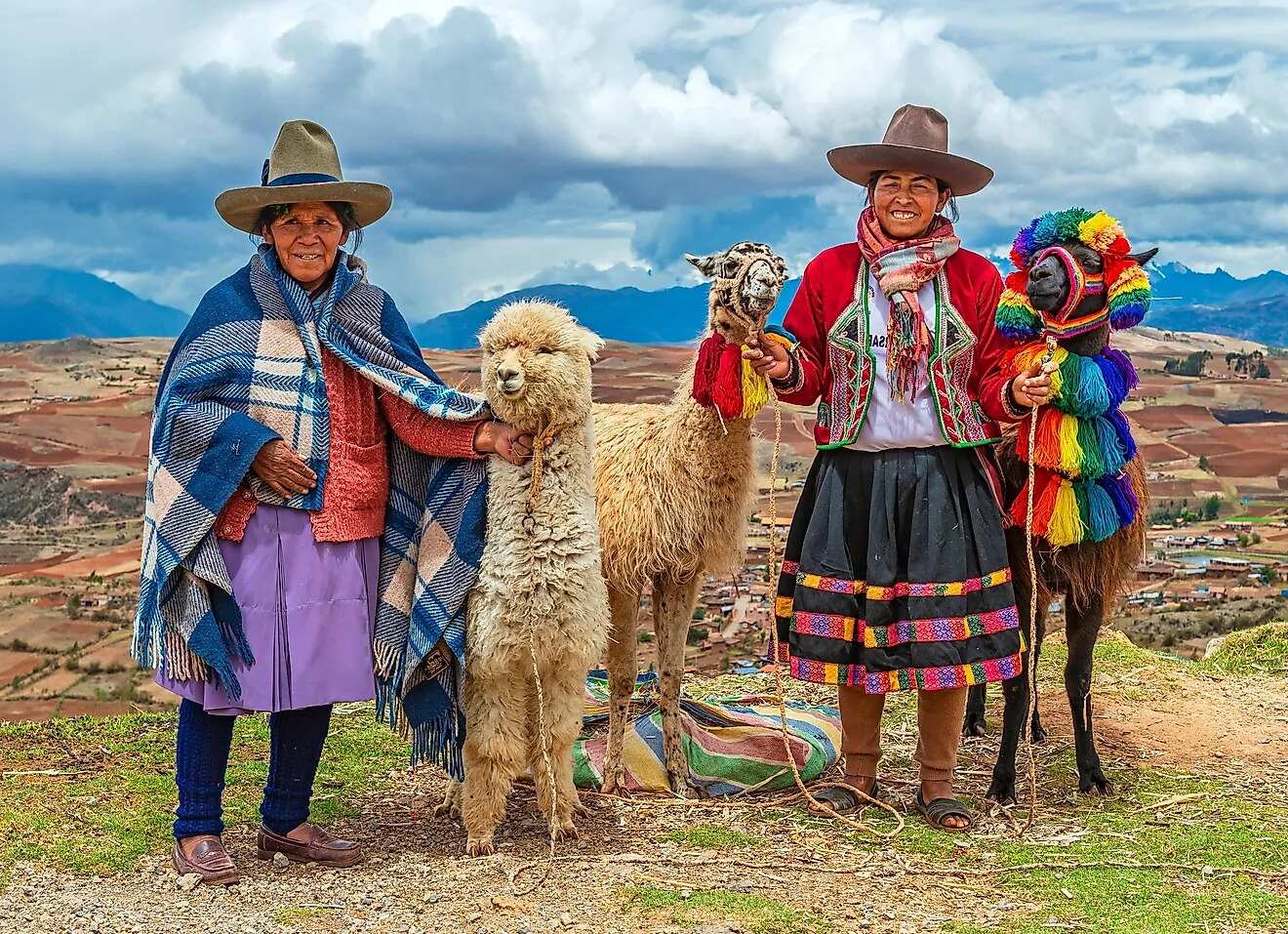
Cusco Quechua is a fascinating language spoken by the indigenous people of the Cusco region in Peru. With roots tracing back to the ancient Inca civilization, it holds a treasure trove of cultural and historical significance. Ever wondered what makes this language so unique? Cusco Quechua isn't just a means of communication; it's a living testament to a rich heritage. From its unique phonetics to its vibrant expressions, this language offers a glimpse into the heart of Andean culture. Ready to dive into some intriguing facts about Cusco Quechua? Let's uncover the secrets behind this ancient tongue and see why it continues to thrive in modern times.
Cusco Quechua: A Language with Deep Roots
Cusco Quechua, also known as Qosqo Runasimi, is a fascinating language spoken in the heart of Peru. It holds a rich history and cultural significance. Let's dive into some intriguing facts about this unique language.
Historical Significance
Cusco Quechua has a storied past that dates back centuries. Here are some historical facts that highlight its importance.
- Incan Empire: Cusco Quechua was the official language of the Incan Empire, which spanned across much of western South America.
- Colonial Era: During the Spanish colonization, Quechua was used as a tool for evangelization by missionaries.
- Ancient Scripts: The Incas used a system called quipu, a series of knotted strings, to record information, as they had no written script.
Linguistic Features
The structure and sounds of Cusco Quechua make it unique among languages. Here are some linguistic facts.
- Agglutinative Language: Cusco Quechua is agglutinative, meaning it forms words by combining various morphemes, each adding specific meaning.
- Three Vowels: The language has only three vowels: a, i, and u.
- Suffixes: It uses numerous suffixes to modify verbs and nouns, adding layers of meaning.
- Ejective Consonants: Some consonants are pronounced with a burst of air, known as ejective consonants.
Cultural Impact
Cusco Quechua is more than just a language; it’s a cultural cornerstone. These facts show its cultural significance.
- Traditional Music: Many traditional Andean songs are sung in Quechua, preserving ancient stories and traditions.
- Festivals: Festivals like Inti Raymi, the Festival of the Sun, feature Quechua in rituals and ceremonies.
- Folktales: Quechua folktales, passed down orally, are rich in moral lessons and cultural values.
Modern Usage
Despite its ancient origins, Cusco Quechua is still very much alive today. Here are some facts about its modern usage.
- Bilingual Education: In Peru, there are efforts to provide bilingual education in Spanish and Quechua.
- Media: Quechua-language radio stations and TV programs help keep the language vibrant.
- Literature: Contemporary authors write poetry and novels in Quechua, contributing to its literary tradition.
- Technology: Apps and online resources are available for learning Quechua, making it accessible to a global audience.
Geographic Distribution
Cusco Quechua is spoken in specific regions, each with its own dialectal variations. Here are some geographic facts.
- Cusco Region: Primarily spoken in the Cusco region, the historical capital of the Incan Empire.
- Southern Peru: Also found in other parts of southern Peru, including Puno and Apurímac.
- Migration: Due to migration, Quechua speakers can be found in urban areas like Lima.
Preservation Efforts
Efforts to preserve and promote Cusco Quechua are crucial for its survival. Here are some facts about these efforts.
- Government Support: The Peruvian government has initiatives to promote Quechua in education and public life.
- Cultural Organizations: Various organizations work to document and teach Quechua.
- UNESCO: Quechua is recognized by UNESCO as an important cultural heritage that needs protection.
Unique Expressions
Cusco Quechua has some unique expressions that reflect its cultural richness. Here are a few examples.
- Ayni: This term refers to a system of reciprocal help and community cooperation.
- Pachamama: Meaning Mother Earth, this term is central to Andean spirituality and respect for nature.
- Sumaq Kawsay: Translated as "good living," it embodies the idea of living in harmony with others and the environment.
Challenges and Future
Despite its resilience, Cusco Quechua faces challenges. Here are some facts about its current state and future prospects.
- Urbanization: Migration to cities often leads to language shift, with younger generations favoring Spanish.
- Globalization: The influence of global languages poses a threat to the survival of Quechua.
Cusco Quechua remains a vital part of Peru's cultural heritage, reflecting the resilience and richness of its people.
Cusco Quechua: A Living Legacy
Cusco Quechua isn't just a language; it's a vibrant piece of history. Spoken by millions, it carries the stories, traditions, and wisdom of the Andean people. From its unique phonetics to its rich vocabulary, Cusco Quechua offers a glimpse into a culture that has thrived for centuries. Learning even a few phrases can deepen your appreciation for the Andean way of life. Whether you're a language enthusiast or a traveler, understanding Cusco Quechua enriches your experience. It's a testament to the resilience and beauty of indigenous cultures. So next time you visit Peru, try greeting someone with a warm "Rimaykullayki" and see the smiles it brings. This language isn't just spoken; it's felt, lived, and cherished. Keep exploring, keep learning, and let Cusco Quechua be a part of your journey.
Was this page helpful?
Our commitment to delivering trustworthy and engaging content is at the heart of what we do. Each fact on our site is contributed by real users like you, bringing a wealth of diverse insights and information. To ensure the highest standards of accuracy and reliability, our dedicated editors meticulously review each submission. This process guarantees that the facts we share are not only fascinating but also credible. Trust in our commitment to quality and authenticity as you explore and learn with us.


